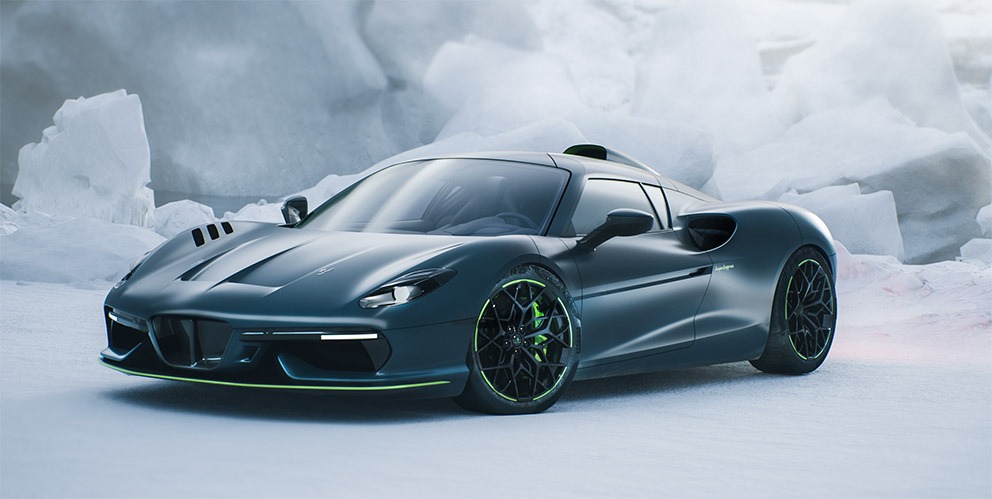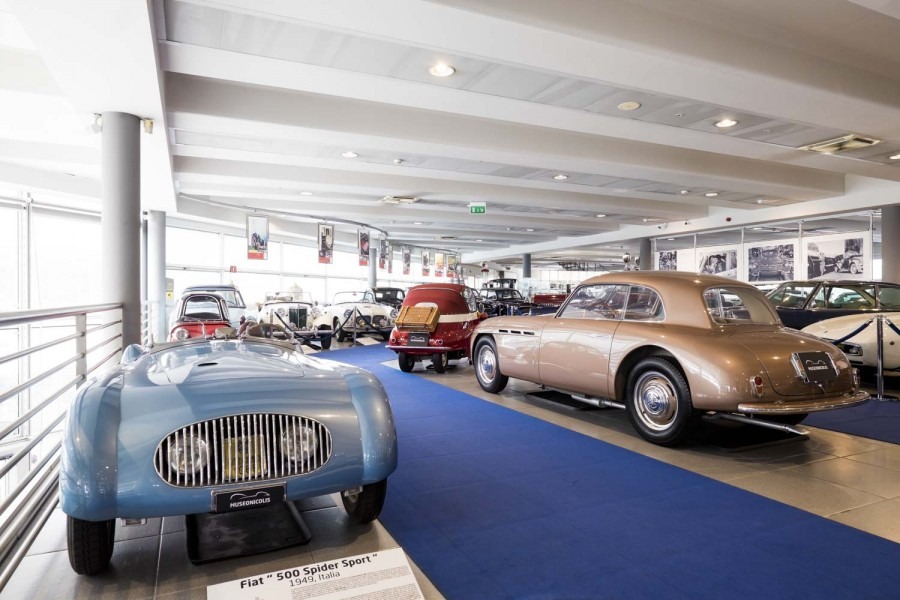
Italian coachbuilding is a revered art form that has shaped the automotive industry for over a century. From elegant classic cars to sleek modern motorcycles, Italian designers and craftsmen have consistently pushed the boundaries of style and engineering.
In this article, we’ll explore the rich history of Italian coachbuilding, its influence on modern vehicle design, and how it continues to inspire innovation in both cars and motorcycles.
The Origins of Italian Coachbuilding
Early Pioneers
Italian coachbuilding traces its roots back to the late 19th century when skilled artisans began crafting custom bodies for horse-drawn carriages. As automobiles emerged, these craftsmen naturally transitioned their skills to the new motorized vehicles.
The Golden Age
The 1950s and 1960s are often considered the golden age of Italian coachbuilding. During this period, legendary names like Pininfarina, Bertone, and Zagato rose to prominence, creating iconic designs for luxury brands such as Ferrari, Alfa Romeo, and Maserati.
Famous Italian Coachbuilders

Pininfarina
Founded in 1930, Pininfarina is perhaps the most renowned Italian design house. They’ve created countless iconic designs for Ferrari, including the 250 GT and the Testarossa.
Bertone
Bertone, established in 1912, is known for its bold and innovative designs. They’ve worked with numerous brands, including Lamborghini, for whom they designed the revolutionary Miura.
Zagato
Zagato, founded in 1919, is famous for its lightweight, aerodynamic designs. Their signature double-bubble roof has become an iconic feature in automotive design.
The Influence of Italian Design on Modern Vehicles
Automotive Aesthetics
Italian coachbuilders have had a profound impact on automotive aesthetics worldwide. Their emphasis on flowing lines, balanced proportions, and attention to detail has influenced car designers across the globe.
Motorcycle Design
The influence of Italian design extends beyond cars to motorcycles as well. Brands like Ducati and MV Agusta are renowned for their beautifully crafted bikes that blend form and function seamlessly.
From Cars to Motorcycles: The Evolution of Italian Design
Shared Design Principles
Many of the design principles that made Italian cars so iconic have been applied to motorcycle design. The focus on sleek lines, aggressive stances, and eye-catching details is evident in both Italian cars and bikes.
Technological Advancements
As technology has advanced, Italian designers have embraced new materials and manufacturing techniques. This has allowed for even more creative and innovative designs in both cars and motorcycles.
The Modern Era of Italian Coachbuilding
Adapting to Change
While traditional coachbuilding has declined with the rise of mass production, Italian design houses have adapted by offering design and engineering services to major manufacturers.

Concept Cars and Limited Editions
Many Italian coachbuilders now focus on creating stunning concept cars and limited-edition models, showcasing their creativity and craftsmanship.
Italian Design in the Motorcycle World
Iconic Italian Motorcycle Brands
Ducati, MV Agusta, and Aprilia are just a few of the Italian motorcycle brands known for their stunning designs and high performance.
Custom Motorcycle Builders
A new generation of custom motorcycle builders in Italy is carrying on the coachbuilding tradition, creating one-of-a-kind bikes that blend classic style with modern technology.
The Future of Italian Vehicle Design
Embracing Electric Vehicles
Italian designers are at the forefront of electric vehicle design, creating stunning concepts that blend traditional Italian style with cutting-edge technology.
Continuing Innovation
From advanced aerodynamics to innovative use of materials, Italian designers continue to push the boundaries of what’s possible in vehicle design.
Preserving Italian Coachbuilding Heritage

Museums and Collections
Several museums in Italy are dedicated to preserving the history of Italian coachbuilding, showcasing iconic designs from the past century.
Restoration and Maintenance
A thriving industry has developed around the restoration and maintenance of classic Italian-designed vehicles, ensuring that these works of art continue to be enjoyed for generations to come.
The Impact of Italian Design on Motorcycle Accessories
Style Meets Function
The influence of Italian design extends to motorcycle accessories as well. From sleek helmets to stylish riding gear, Italian designers bring a touch of elegance to every aspect of motorcycling.
Performance Enhancements
Italian-designed performance parts, such as exhaust systems and suspension components, often blend beautiful aesthetics with improved functionality. One area where Italian design sensibility has made a significant impact is in motorcycle safety accessories.
For example, the motorcycle horn, an essential safety feature, has been reimagined by some manufacturers to be both highly effective and aesthetically pleasing. These modern horns offer improved sound output while maintaining a sleek design that complements the overall look of the bike.
Celebrating Italian Design in the Digital Age
Online Communities
Enthusiasts of Italian-designed vehicles have formed vibrant online communities, sharing information, photos, and restoration tips.
Virtual Design Tools
Modern technology allows designers to create and showcase their concepts digitally, opening up new possibilities for innovation and collaboration.
Conclusion
The art of Italian coachbuilding continues to inspire and influence vehicle design around the world. From classic cars to modern motorcycles, the passion for beautiful, functional design remains at the heart of Italian craftsmanship.
As we look to the future, it’s clear that Italian designers will continue to shape the aesthetics and performance of vehicles for generations to come, blending tradition with innovation in their own inimitable style.


